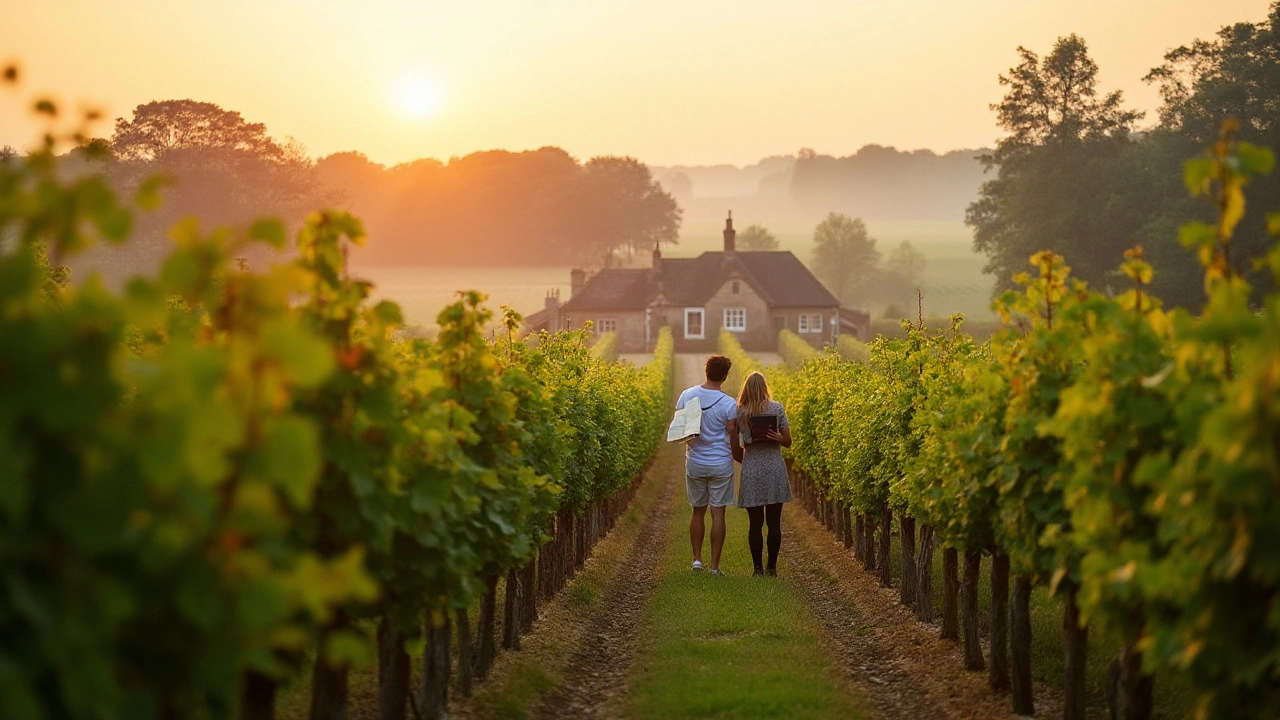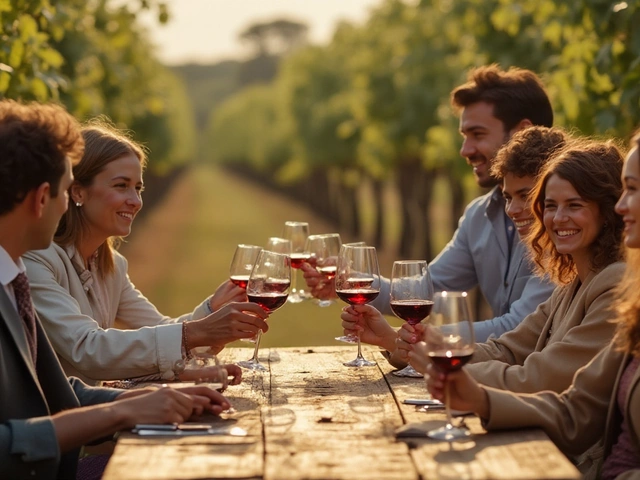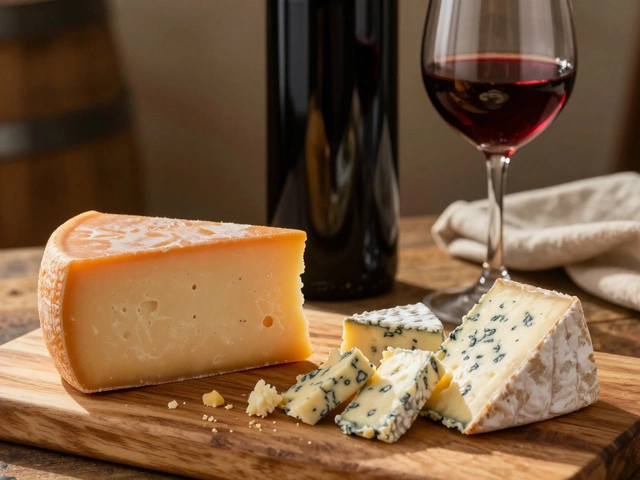Wine Knowledge: Tips, Facts & Fun for Every Drink Lover
Ever feel lost when the waiter asks what you want, or when a friend talks about a "cab" and you’re not sure what they mean? You’re not alone. A little wine knowledge goes a long way, turning a random glass into a confident choice. Below are the basics you can start using right now.
Understanding Wine Basics
First, get to know the three big grape families: reds, whites, and rosés. Reds come from dark grapes and usually need a longer skin contact, which gives them tannins and that deep color. Whites are made from light‑skinned grapes or from reds with the skins removed early, so they’re fresher and often more acidic. Rosés sit in the middle – they get a short skin contact, just enough for a pink hue.
Next, look at the label. The most useful bits are the producer, the region, the vintage (year), and the grape variety. If you see "Napa Valley Cabernet Sauvignon 2019," you know it’s a red from a warm area, likely bold and ripe. If the label lists a D.O.C. or AOC, that’s a quality guarantee from Italy or France.
Practical Tips for Everyday Drinking
Tasting doesn’t have to be a ceremony. Grab a glass, give the wine a quick swirl, and sniff. Try to spot fruit, spice, or oak notes. Take a sip, let it coat your tongue, then note the body (light, medium, full) and finish (short or lingering). You’ll start spotting patterns faster than you think.
Storing wine at home is easier than you believe. Keep bottles upright for a few weeks, then lay them on their side if you have a cork. Aim for a stable temperature around 55°F (13°C) and avoid direct sunlight. A simple wine fridge or a dark closet works fine for most drinks.
Food pairing doesn’t need a rulebook. As a rule of thumb, match the wine’s weight with the food’s weight. Light whites go with salads and fish; medium reds work well with poultry and pasta; full-bodied reds pair best with steak or rich stews. Acidic wines (like Sauvignon Blanc) brighten fatty dishes, while sweet wines can tame spicy heat.
Many myths linger. For example, “red wine always needs to breathe.” Some light reds are fine straight from the bottle. Also, you don’t have to finish a bottle in one sitting – a 750 ml bottle can last a few evenings if you store it properly.
Want to keep learning? Join a local tasting, follow a wine blog, or watch short videos that break down a single topic (like how oak affects flavor). The more you taste, the faster you’ll recognize the clues you read on the label.
Ready to put this knowledge to work? Browse our latest posts on cheese‑wine pairings, tasting etiquette, and the science behind why waiters pour a splash first. Each article digs deeper into the basics we’ve covered, so you can keep expanding your wine world one glass at a time.
Before embarking on your first winery visit, it's crucial to gather as much knowledge as you can about what to expect and how to make the most of your experience. From understanding the different types of wines, learning the tasting etiquette, to knowing how to engage with winemakers and sommeliers, this guide aims to enrich your visit. Discover tips for enhancing your wine palate and appreciating the subtleties of each sip. Let's dive into the world of viticulture and turn your winery tour into an unforgettable journey.
View Details

